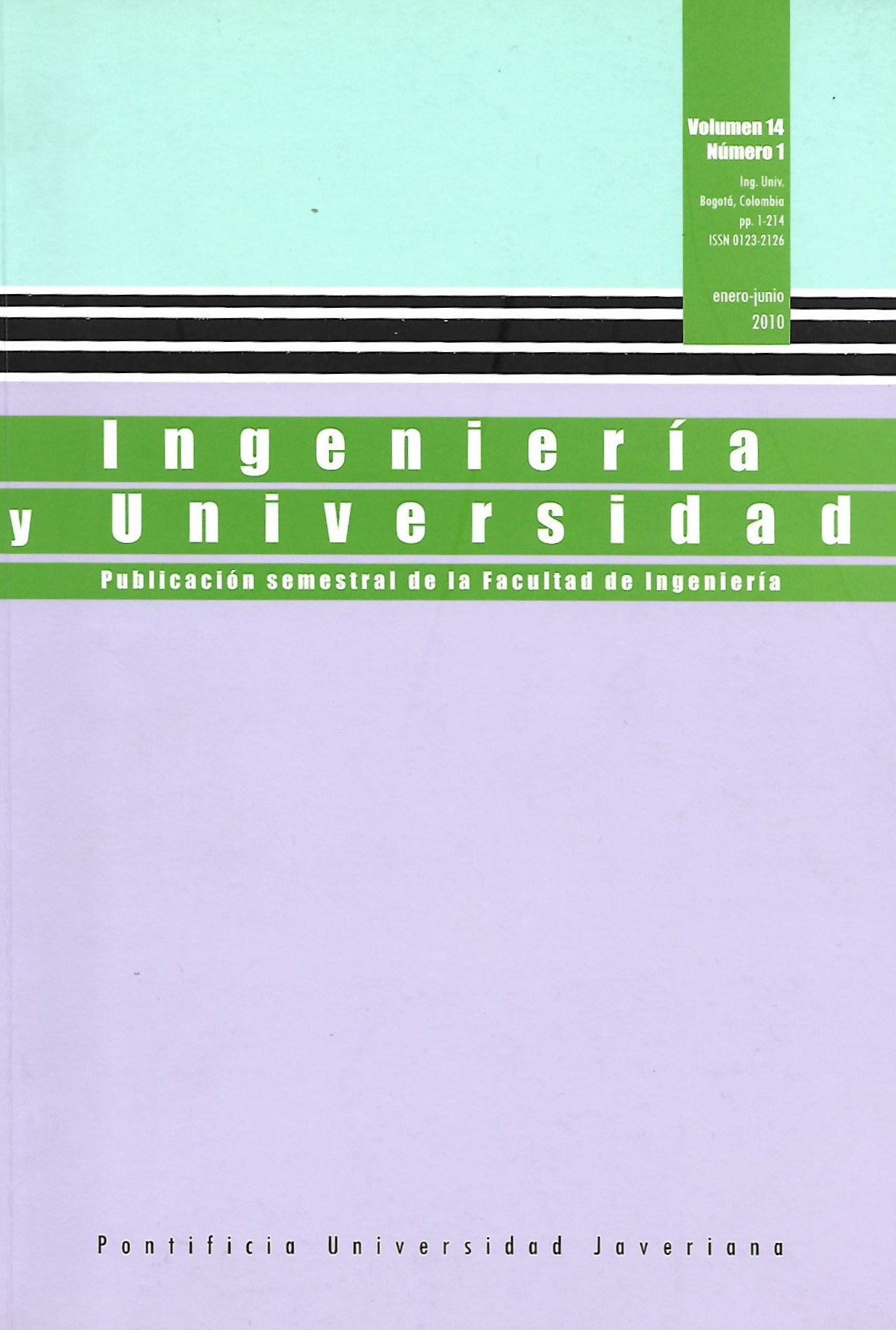Abstract
This work proposes a new procedure for enhancing the monitoring of industrial processes in organizations with highly integrated systems. Manufacturing Execution Systems (MES) permit an effective integration between Enterprise Resource Planning software and Flexible Manufacturing Systems at the shop floor. Based on a previously-developed integration between these two systems, a MES layer-based procedure for Statistical Process Control (SPC) is developed. This piece of software solves problems such as connectivity, data acquisition and alarm-based data analysis based on both control specifications and limits and cause-analysis through decision trees. This work can be part of any process and does not require any additional MES software, which reduces costs and maintenance. This software was tested through an artificial-vision-based quality control station with mechanic parts automated through an FMS system.
BLOSS, R. When your assembly system controller can be more than just a controller. Assembly Automation, 2007, vol. 27, núm. 4, pp. 297-301.
CHARKRABORTY, S. y TAH, D. Real time statistical process advisor for effective quality control. Philadelphia: Elsevier, 2006.
CHOI, B. y KIM, B. H. MES (manufacturing execution systems) architecture for FMS compatible ERP (enterprise planning system). International Journal of Computer Integrated Manufacturing, 2002, vol. 15, núm. 3, pp. 274-284.
ELMARAGHY, H. Flexible and reconfigurable manufacturing systems paradigms. International Journal of Flexible Manufacturing Systems, 2006, vol. 17, núm. 4, pp. 261-276.
EVANS, J. y LINDSAY, W. La administración y el control de calidad. México: Thompson Learning, 2000.
KLETTI, J. Manufacturing Execution Systems-MES [libro en línea]. Berlin: Springer, 2007. <http://www.springerlink.com/content/vk2882/?p=df6e189d608743d5b22be408e837fe91&pi=0> [Consulta: 7-9-2009].
MEZIANE, F. et al. Intelligent Systems in Manufacturing: current developments and future prospects. Integrated Manufacturing Systems. 2000, vol. 11, núm. 4, pp. 218-238.
MOLINA, A. et al. Next-generation manufacturing systems: keys research issues in developing and integrating reconfigurable and intelligent machines. International Journal of Computer Integrated Manufacturing, 2005, vol. 18, núm. 7, pp. 525-536.
NAGALINGAM, S. y LIN, G. CIM-Still the solution for manufacturing industry. Robotics and Computer Integrated Manufacturing Journal, 2008, vol. 24, núm. 3, pp. 332-344.
NATIONAL INSTRUMENTS. What Is LabVIEW? [web en línea]. 2009. <http://www.ni.com/labview/whatis/> [Consulta: 11-12-2009].
OPC FOUNDATION. What is OPC? [web en línea]. 2009. <http://www.opcfoundation.org/Default.aspx/01_about/01_whatis.asp?MID=AboutOPC> [Consulta: 11-12-2009].
PANETTO, H. Towards a classification framework for interoperability of enterprise applications. International Journal of Computer Integrated Manufacturing, 2007, vol. 20, núm. 8, pp. 727-740.
STAPENHURST, T. Mastering statistical process control a handbook for performance improvement using cases. Boston: Elsevier Butterworth Heinemann, 2005.
VERGARA, J. y CONTRERAS, F. Control de calidad en una celda de manufactura integrada por computador, Bogotá, Colombia, 2008. [trabajo de grado]. Bogotá: Pontificia Universidad Javeriana, 2008.
ZAMBRANO, G. et al. Estación de control de calidad por visión artificial para un centro de manufactura integrada por computador (CIM). Ingeniería y Universidad, 2007, vol. 11, núm. 1, pp. 33-55.
This journal is registered under a Creative Commons Attribution 4.0 International Public License. Thus, this work may be reproduced, distributed, and publicly shared in digital format, as long as the names of the authors and Pontificia Universidad Javeriana are acknowledged. Others are allowed to quote, adapt, transform, auto-archive, republish, and create based on this material, for any purpose (even commercial ones), provided the authorship is duly acknowledged, a link to the original work is provided, and it is specified if changes have been made. Pontificia Universidad Javeriana does not hold the rights of published works and the authors are solely responsible for the contents of their works; they keep the moral, intellectual, privacy, and publicity rights.
Approving the intervention of the work (review, copy-editing, translation, layout) and the following outreach, are granted through an use license and not through an assignment of rights. This means the journal and Pontificia Universidad Javeriana cannot be held responsible for any ethical malpractice by the authors. As a consequence of the protection granted by the use license, the journal is not required to publish recantations or modify information already published, unless the errata stems from the editorial management process. Publishing contents in this journal does not generate royalties for contributors.


